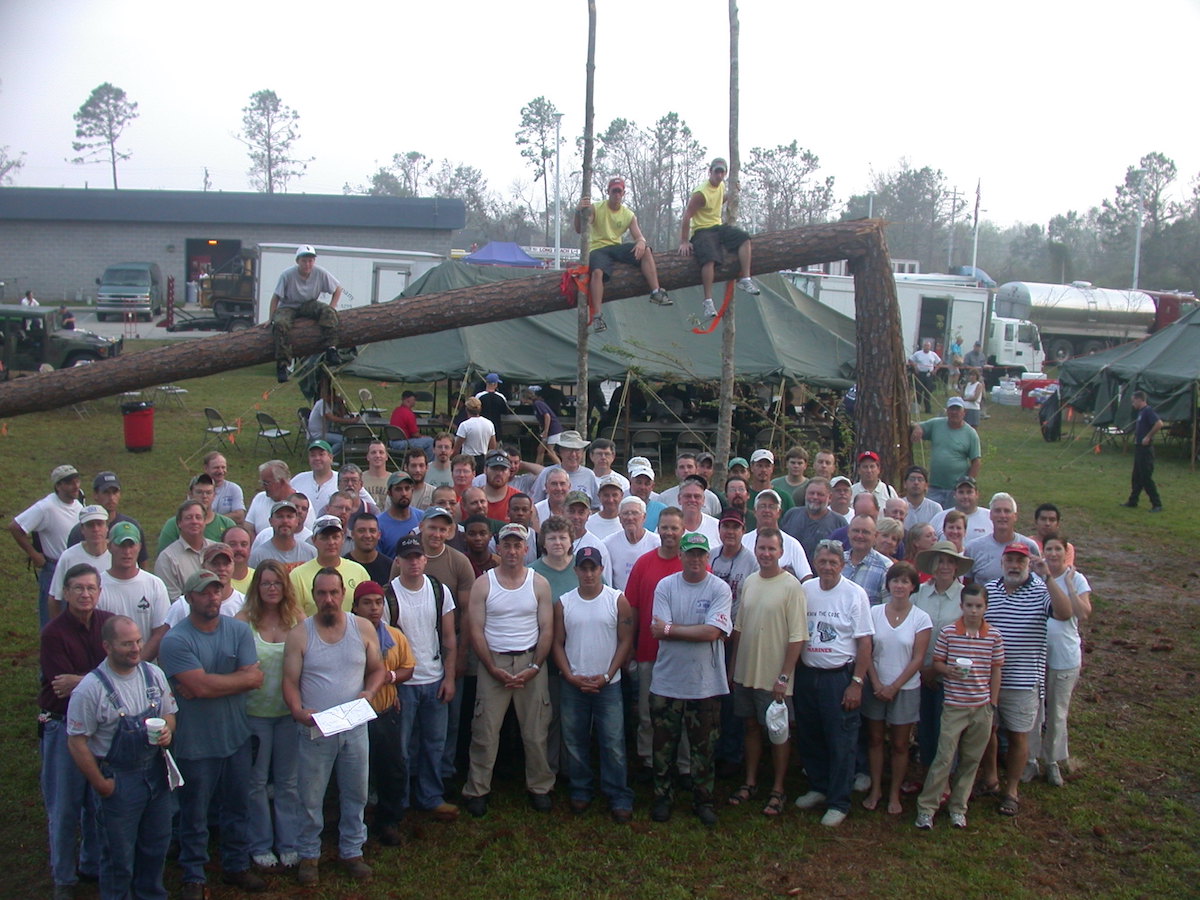
By Bill Rauch
In adversity there is always opportunity. The post-hurricane brand of adversity brings opportunity for three groups: landscapers, roofers and debris removal specialists.
Landscapers stay pretty local, roofers sometimes travel a hundred miles or so to set up their temporary shops, but debris removal specialists come from thousands of miles around. These are the enormous trucks and trailers with the hydraulic arm and claw situated at the rear of the truck’s high-walled bed with which debris can be picked up from the curbside and loaded into both the truck and the trailer.
Most of the time these behemoths work in the land-clearing business, but they can make a lot more money cleaning up after hurricanes, and in the days and months after hurricanes they come from far and wide to help out … and to make those big bucks.
There are about 300 self-loaders east of the Mississippi River, according to a story that ran in the Houston Chronicle in September as Houston was cleaning up from Hurricane Harvey and Florida was preparing to do the same in the wake of Hurricane Irma.
With all of the damage from Harvey, Irma and then Nate, this year the self-loaders have been in short supply. That’s what the Houston Chronicle story was about: Texas’ fears that Florida was paying better rates and that therefore the self-loaders would be passing Houston by. The effect of that, it was feared, was that Houston’s clean-up would be slowed down, which would not only anger residents but could put Houston in the position of running past the Federal Emergency Management Agency’s (FEMA’s) 180-day limit after which, in Houston’s case, the federal government would no longer pay 90 percent of the cost of the clean-up.
Citizen complaints are one thing, but losing the federal match inevitably means a big one-time tax increase, a tax levy that comes when taxpayers are already financially stressed from dealing with the storm’s destructive — and expensive — wrath.
Houston Mayor Sylvester Turner faced the challenge doing the only thing he could do: He offered to pay the debris removal contractors more, thus in effect putting himself into a bidding war with some Florida communities. A few of those communities — including Naples, Fla. — answered the challenge by increasing their own per cubic yard debris removal rates.
Debris removal rates are typically set long before the hurricane comes. Communities negotiate contracts with a general debris removal contractor who then hires in the days after the storm dozens of sub-contractors from as far away as Wisconsin, Minnesota and Maine. In Houston’s case the general contractor was DRC Emergency Services. Naples used AshBritt, a firm made famous by New Jersey Gov. Chris Christie when, seeing his state was unprepared the day in 2012 that Hurricane Sandy moved on, he hired them that day for $100 million on a controversial no-bid basis.
But, according to truckers, the sweetest place to work this year was in the City of Key West, Fla. That’s not because Key West paid a handsomer base rate than any other community. According to Gary Volenec, the city’s engineer, Key West is paying $7.14 per cubic yard to AshBritt for debris removal which is just a little above average. Naples, Fla.’s base rate was $5.50, but the city council there recently added sweeteners that nearly doubled that rate. The City of Victoria, Texas, renegotiated after the storm with their contractor, AshBritt, to get to a $6-$10.65 rate. But Harris County, Texas — the county in which Houston is situated — stuck at $4.15 per cubic yard. The clean-up there is progressing, but slowly.
By way of comparison, after Hurricane Matthew last year Beaufort County paid a base rate of $8.29 per cubic yard to its contractor, Ceres Environmental. The contractor picked up and disposed of about 1,650,000 cubic yards of debris just under FEMA’s required 180-day deadline for providing matching funds, which in Beaufort County’s case was 75 percent, according to Eric Larson, Beaufort County’s Solid Waste and Stormwater manager. The State of South Carolina is picking up the remaining 25 percent of FEMA-eligible costs, county officials said.
So, why do the truckers prefer the Key West work?
Here’s how it works. Once the debris is picked up at curbsde it is taken to the city’s Temporary Debris Management Site where it is ground into mulch. But because Key West is just about built out, there is nowhere to put the mulch. Instead, from there the mulch must be trucked at a cost of $17.75 per cubic yard 125 miles to a landfill on the mainland just south of Homestead, Fla. Here’s the math on that. Let’s say the truck holds 75 cubic yards in the front and 65 cubic yards in its trailer. Ashbritt would be paid $2,485 per load with the trucker receiving about 85 percent of that payment or about $2,112 per trip up and back U.S.1. An owner-driver could make the trip on an average twice a day, although some trucking companies used tag-team drivers so they could operate virtually around the clock, enjoying also the easier and more economical traffic flows on the narrow road in the middle of the night.
Of that $2,485 payment, if the paperwork is kept to FEMA standards, all but $621.25 will be reimbursed to Key West by the federal government. The State of Florida hasn’t yet said if they’ll pick up the $621.25, e.g. the remaining 25 percent.
One trucker — in from Alabama to help with the Collier County, Fla., clean-up — told me last week, “Yeah, this work’s OK … better than clearing land. I’m netting about $2,000 a day. But if my truck hadn’t broke down I could have been working in Key West. My buddy got there in time. He’s making $50,000 a week.”
At that rate a trucker could pay for a new rig in three to four weeks. And have a few dollars left over for steak and beer.
It’s been a good year for the grapple guys.
Bill Rauch was the mayor of Beaufort from 1999-2008. Email Bill at TheRauchReport@gmail.com.




